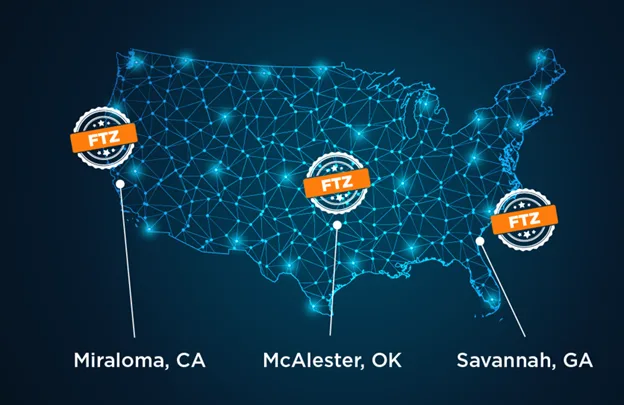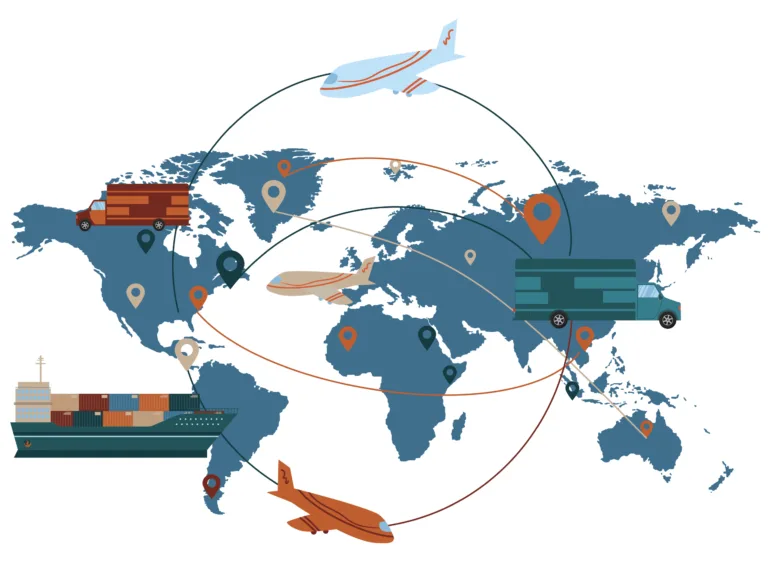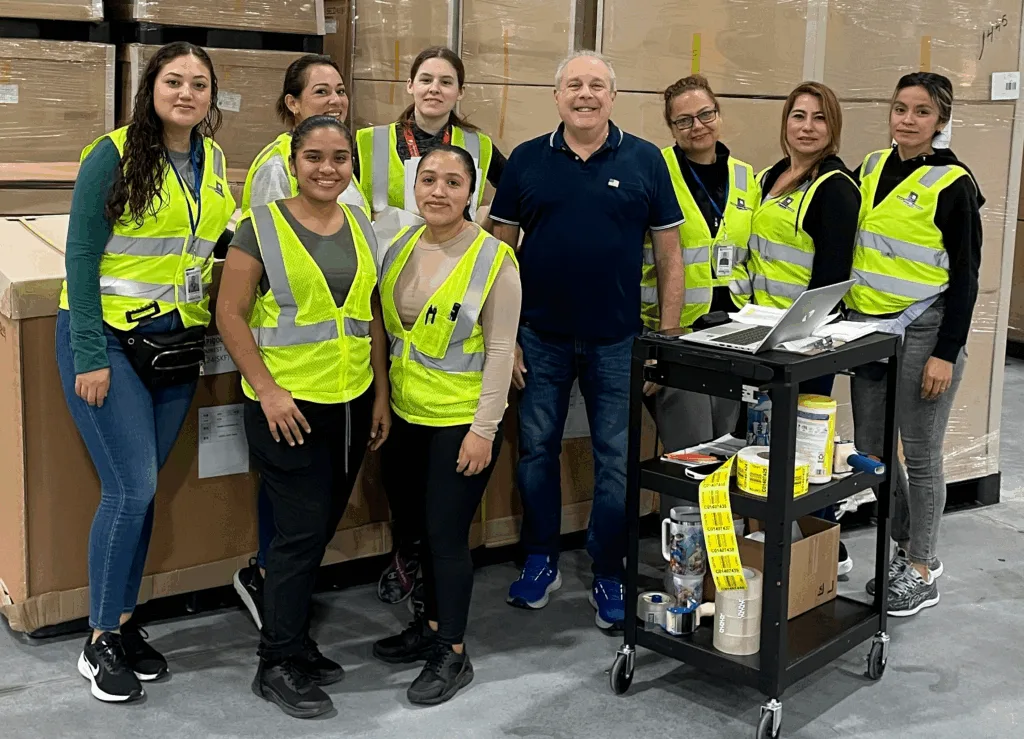THE 2025 TARIFF OUTLOOK:
WHY FTZS ARE YOUR SECRET WEAPON
FTZs offer a smart solution to control costs and boost flexibility. Below, the KDS team outlines why FTZs are a critical strategy for staying competitive. With tariff increases, businesses can use Foreign Trade Zones to manage these challenges effectively.

HELP PROTECT THE BOTTOM LINE
FTZs let goods enter the U.S. without immediate duties or tariffs, easing financial pressure. This structure provides tangible benefits, including:
Duty Deferral
Pay duties only when products leave the FTZ for the U.S. market, preserving cash flow.
MPF Savings
Consolidate weekly customs entries into one filing, reducing Merchandise Processing Fees (up to $495 per entry) significantly.
Long-Term Storage
Store inventory indefinitely, unlike bonded warehouses capped at five years, giving you strategic timing control.
BOOSTING OPERATIONAL FLEXIBILITY
Beyond cost savings, FTZs streamline your supply chain with operational options:
Repackaging or Assembly
Modify products in the FTZ to secure lower tariffs or align with market demands.
Export Benefits
Assemble goods and ship to markets like Canada or Mexico without U.S. duties.
Inventory Agility
Adjust stock levels to match demand shifts or policy changes without forced deadlines.

NAVIGATING 2025’S UNCERTAINTIES
With trade policies shifting, FTZs provide stability through flexible clearance strategies:
Non-Preferential Clearance
Importers pay standard tariffs only when goods leave the FTZ for the U.S., avoiding duties entirely if re-exported, saving cash for global sales.
Preferential Clearance
Importers can apply lower tariffs from trade agreements—or reduced rates if tariffs drop during storage—when shipping from the FTZ, cutting costs significantly.
Bonded Warehouse Advantage
Operate with greater freedom than bonded warehouses, which limit activities and storage time.
GETTING STARTED WITH FTZS
While new zones take months to establish, partnering with an experienced operator can get you up and running in 30-60 days. At Komar, our decade of FTZ expertise is geared toward making this seamless for you.
FTZ NEXT STEPS
To speak to a KDS FTZ expert and learn more, please reach out to info@komardistribution.com

